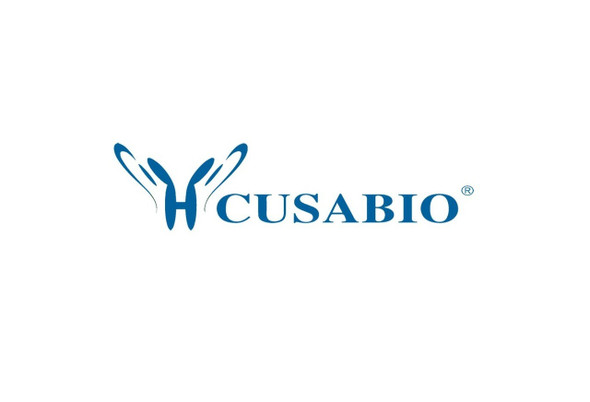Cusabio Recombinant Antibodies
APP Antibody | CSB-RA994273A0HU
- SKU:
- CSB-RA994273A0HU
- Availability:
- 3 to 7 Working Days
Description
APP Antibody | CSB-RA994273A0HU | Cusabio
APP Antibody is Available at Gentaur Genprice with the fastest delivery.
Online Order Payment is possible or send quotation to info@gentaur.com.
Antibody Type: Recombinant
Target Names: APP
Aliases: Amyloid-beta A4 protein (ABPP) (APPI) (APP) (Alzheimer disease amyloid protein) (Amyloid precursor protein) (Amyloid-beta precursor protein) (Cerebral vascular amyloid peptide) (CVAP) (PreA4) (Protease nexin-II) (PN-II) [Cleaved into: N-APP, Soluble APP-alpha (S-APP-alpha), Soluble APP-beta (S-APP-beta), C99 (Beta-secretase C-terminal fragment) (Beta-CTF), Amyloid-beta protein 42 (Abeta42) (Beta-APP42), Amyloid-beta protein 40 (Abeta40) (Beta-APP40), C83 (Alpha-secretase C-terminal fragment) (Alpha-CTF), P3(42), P3(40), C80, Gamma-secretase C-terminal fragment 59 (Amyloid intracellular domain 59) (AICD-59) (AID(59)) (Gamma-CTF(59)), Gamma-secretase C-terminal fragment 57 (Amyloid intracellular domain 57) (AICD-57) (AID(57)) (Gamma-CTF(57)), Gamma-secretase C-terminal fragment 50 (Amyloid intracellular domain 50) (AICD-50) (AID(50)) (Gamma-CTF(50)), C31], APP, A4 AD1
Background: Functions as a cell surface receptor and performs physiological functions on the surface of neurons relevant to neurite growth, neuronal adhesion and axonogenesis. Involved in cell mobility and transcription regulation through protein-protein interactions. Can promote transcription activation through binding to APBB1-KAT5 and inhibits Notch signaling through interaction with Numb. Couples to apoptosis-inducing pathways such as those mediated by G(O) and JIP. Inhibits G(o) alpha ATPase activity (By similarity). Acts as a kinesin I membrane receptor, mediating the axonal transport of beta-secretase and presenilin 1. Involved in copper homeostasis/oxidative stress through copper ion reduction. In vitro, copper-metallated APP induces neuronal death directly or is potentiated through Cu(2+)-mediated low-density lipoprotein oxidation. Can regulate neurite outgrowth through binding to components of the extracellular matrix such as heparin and collagen I and IV. The splice isoforms that contain the BPTI domain possess protease inhibitor activity. Induces a AGER-dependent pathway that involves activation of p38 MAPK, resulting in internalization of amyloid-beta peptide and leading to mitochondrial dysfunction in cultured cortical neurons. Provides Cu(2+) ions for GPC1 which are required for release of nitric oxide (NO) and subsequent degradation of the heparan sulfate chains on GPC1.
Isotype: Rabbit IgG
Conjugate: Non-conjugated
Clonality: Monoclonal
Clone Number: 6F10
Uniport ID: P05067
Modified: Neuroscience
species: Homo sapiens (Human)
Species Reactivity: Human, Mouse, Rat
Immunogen: A synthesized peptide derived from human Amyloid beta A4
Tested Applications: ELISA, WB, IF; Recommended dilution: WB:1:500-1:5000, IF:1:20-1:200
Purification Method: Affinity-chromatography
Buffer: Rabbit IgG in phosphate buffered saline, pH 7.4, 150mM NaCl, 0.02% sodium azide and 50% glycerol.
Form: Liquid
Storage: Upon receipt, store at -20°C or -80°C. Avoid repeated freeze.











